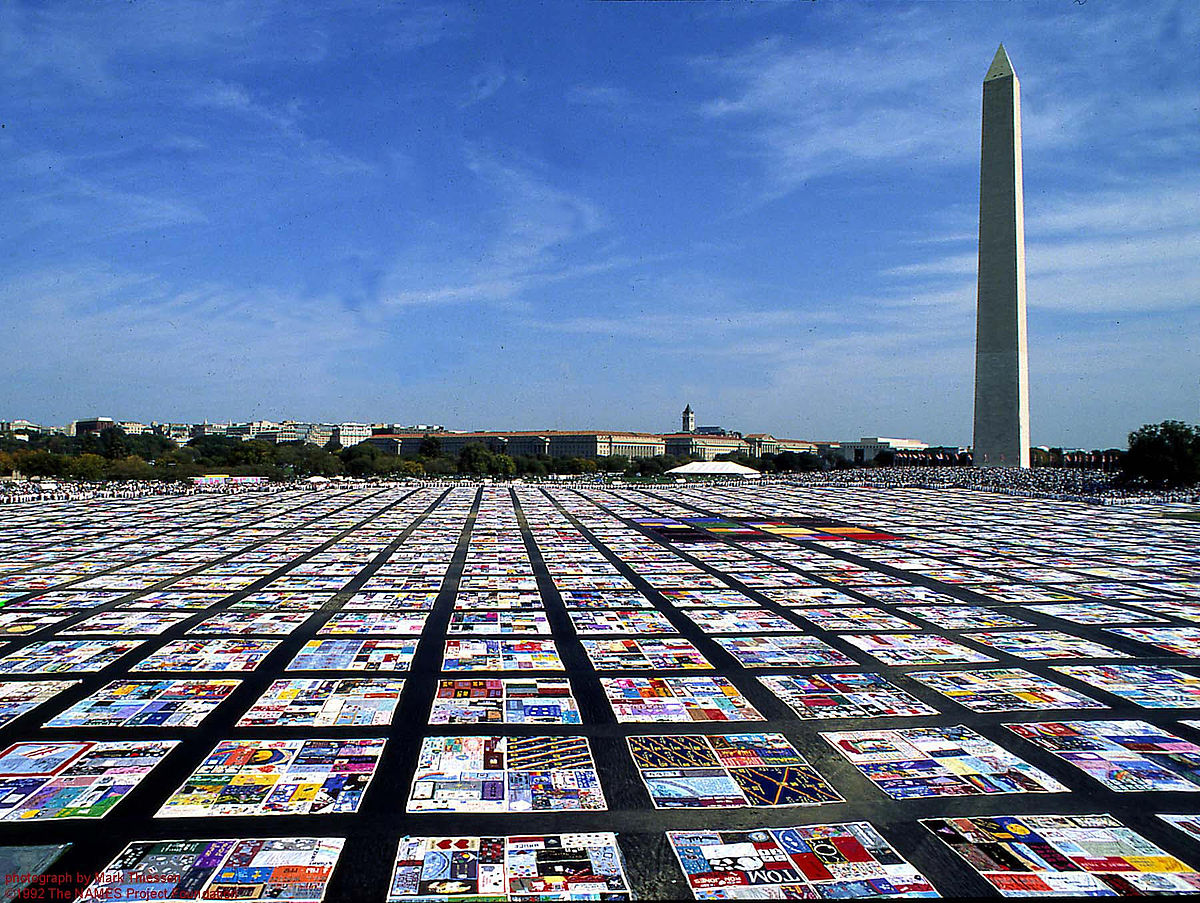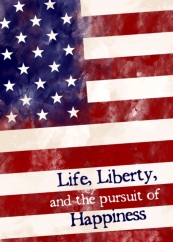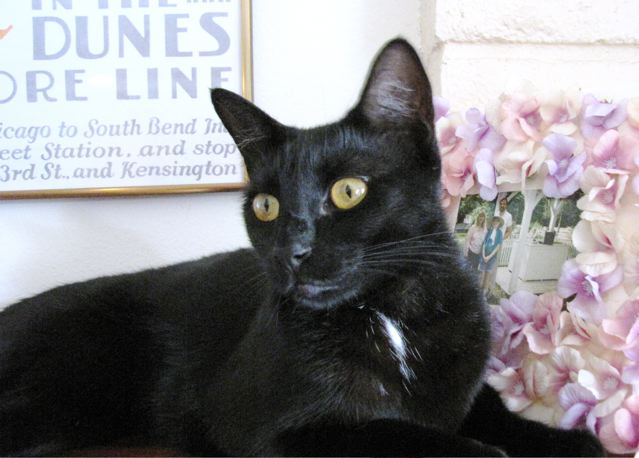by Taffy Cannon
Part of the magic of any Golden Age is that while you’re in the middle of it, you tend not to recognize just how remarkable it is. So it was with the Golden Age of Mystery Bookstores, which flourished through the 1990s and early 2000s.
The first mystery bookstore in the country was Murder Ink in New York, which Dilys Winn opened in 1972 with a stunning concept: all mysteries, all the time. Over the next couple of decades, the ranks grew as bookstores opened and thrived from San Diego to New England and Seattle to Miami. By the time my own first mystery was published in 1993, a wide and wonderful network supported both mystery writers and fans from coast to coast.
Almost every major city had at least one, and major metropolitan areas often featured several. The Los Angeles area had so many that at any given moment you might need both hands and a spare foot to keep track. Each served a particular community or geographical area. Book ‘Em was in Pasadena, The Mystery Bookstore in West LA, The Mystery Annex in Venice, Mysteries to Die For in Thousand Oaks, Book Carnival in Orange, Grounds for Murder and Mysterious Galaxy in San Diego. Lots of others came and went in other neighborhoods, sometimes so quickly that a place might open and close between my own publication dates.
These stores’ mystery-related names were more clever than wince-worthy. Accessories to Murder. Aunt Agatha’s. Black Orchid. Booked for Murder. Big Sleep Books. Capital Crimes. Clues Unlimited. Deadly Passions. Foul Play. Grave Matters. Murder by the Book. Mystery Loves Company. Once Upon a Crime. Partners & Crime. The Raven. Remember the Alibi. Scotland Yard. Whodunit?
Most stores developed special programs to accommodate the interests and desires of their customers: discussion groups, seminars, books of the month, teas, newsletters. Those newsletters also served as major pre-Internet sales tools, and I loved to find the ones from Rue Morgue and Poisoned Pen in my mailbox. They’d let me know which new books were out, who was new and exciting, and what was going to be published soon.
Sometimes they even included nice reviews of my own books.
Book signing schedules were grueling in those olden times, and not just because being charming in public requires an entirely different skill set from writing.
It was not uncommon for an author in SoCal to visit three mystery bookstores in a single, exhausting day, and those three were likely to be scattered all over the place. New York publicists unfamiliar with Southern California geography had a tendency to schedule back-to-back crosstown signings that would barely have been possible if they’d also provided a helicopter.
Most of us weren’t working with publicists, however, at least not as much as we might have liked. Most of us couldn’t even get our alleged publicists to return phone calls. So authors bore the primary responsibility for scheduling their own signings, and a newby quickly got to know local booksellers, their stores, and their foibles. It was expected that you would sign at all the reasonably convenient bookstores, promote those signings, and do it all on your own nickel.
Before the Internet, publicizing a new book included hundreds of postcards sent with each and every publication to mystery booksellers, indies with strong mystery sections, and everyone you had ever known in your life. These cards were also handy to announce signing schedules.
Sisters in Crime offered mailing lists, published the member-written Shameless Promotion for Brazen Hussies, and provided a connection to a Virginia printer who could set you up with the requisite piles of paper: bookmarks, flyers, postcards, posters, and more. He’d also handle addressing and bulk mailing, though most of us did the clerical work ourselves. By the time I got off this particular train, my mailing list was in Access and my tongue always tasted like stamps.
The stereotypical mystery bookseller was a lady of a certain age who loved to read, fully intended to learn more about business one of these days, and had a cat named Agatha sunning in the window. The reality, of course, was far more complicated and eclectic, and might be a burly male with a shop heavy on private eye books or the preternaturally savvy Barbara Peters, whose Poisoned Pen in Scottsdale fairly reeked successful business methods. The common denominator, of course, was always a passion for crime fiction.
These stores succeeded for a long time because of the symbiotic relationships between booksellers, authors, and readers. If you loved mysteries, you were finding a home, a place you might not have even imagined possible. Here you could find all your favorite authors and every book they’d ever written, along with new authors you might not have discovered if an informed bookseller hadn’t told you about them. These people knew their stock, and recognized that if you liked Ellis Peters, you’d want to read Sharan Newman.
Any weekend in America, dozens of mystery bookstores featured signings of new books attended by fans eager to buy those books and meet their authors in person. The format was generally the same: a brief author chat, questions from the audience, signing and schmoozing. The bookseller was almost invariably gracious—hovering, asking questions when the audience was shy, making conversation when things were slow.
Most stores had a group of regulars, and many authors had dedicated followers who’d arrive with bags full of multiple copies. I always liked to set up signings with one or two other writers. This would bring out more people, cross-pollinate fan bases, and give me somebody to talk to if nobody showed up. Often there were cookies, and frequently parting gifts as well: mugs, pens, paperweights, keychains, magnifying glasses.
Sometimes real life intersected with fiction. I once did a signing at The Mystery Bookstore in LA with Anne Perry, right after the story of her unfortunate teenage brush with firsthand crime became public knowledge. Her line snaked out of the store, and she was fantastically gracious to supportive fans, even when she had to repeatedly correct them about the name of the movie which had outed her own indiscretion. Meanwhile James Ellroy, the son of a murder victim, waited in the back room wafting testosterone. His signing would immediately follow ours. I remember him having a bull terrier at his side, though I’m pretty sure he didn’t.
You quickly learned that when people started drifting into a store during your signing and positioned themselves around the back walls, it wasn’t because the parking lot was really full or they were late. It was because you were the two o’clock, with Michael Connelly up at three.
Any time you traveled anywhere, you’d try to work in signings at whatever mystery bookstores were local or within striking distance. This had some tax implications but mostly was just smart business.
You’d get to spend time with the local bookseller, meet the local mystery community, get your name in the Books column of the local newspaper, and feel like a star as you met loyal readers who urged you to write faster. Sometimes if you hadn’t signed previously at a store or in a town, folks would turn up with piles of backlist books that had been purchased when you and your pen weren’t handy. Books ordered by customers who couldn’t make it needed to be signed, along with whatever stock remained unsold when things wound down.
It should be noted that in this signing-crazy era, many chain bookstores were also good about scheduling signings for local authors. These events featured more inquiries about restroom locations than actual book sales, though they did get your name in the paper. But they lacked the personal touch of the mystery bookstores, plunking a writer at a small table near the mall entrance, alone for two hours with a Dixie cup of water.
Sometimes they even got the basic facts wrong. I once arrived at a chain store signing for Tangled Roots to find a 24×36 poster announcing that Taffy Cannon would be signing Tangled Books.
The mystery fan convention scene was fairly limited during the Golden Age of Mystery Bookstores. Mostly Bouchercon, Malice Domestic, and the upstart Left Coast Crime, with an occasional one-off for private eye authors and fans.
Each con featured an enormous book room packed with bookseller booths. All the local and regional mystery bookstores would be represented of course, along with faraway folks like Rue Morgue’s Tom and Enid Schantz, who routinely loaded stock into their van in Boulder and traveled great distances to cons around the country. Used, antiquarian, and out-of-print books were also available from specialty ooksellers who segued from paper catalogs to websites as the Internet grew.
Conventions were a great opportunity to meet booksellers from areas where you didn’t have travel plans or relatives, though this required a level of social energy that was often difficult to muster. Luckily I persevered. A lot of booksellers I met in the early 1990s remain my friends today, though we mostly see each other on Facebook.
Those convention book rooms bustled with activity and customers, and I was stunned to see how tiny and empty the 2014 Bouchercon book room seemed by comparison. Even more shocking was the realization that Maryelizabeth Hart and Mysterious Galaxy dominated the center of the room, the only participating brick-and-mortar retail operation.
The Golden Age of Mystery Bookstores, with its nonstop signing schedules and perpetual promotion, was stressful, exhausting, time-consuming, demoralizing, and exhilarating.
It was also doomed.
First the big chain bookstores muscled onto the scene, targeting independent booksellers who had proven that a market for readers with coins in their jeans existed in a particular area. Sometimes these big boys would also crowd each other out of an area, though by the time that happened, most of the indies had already been driven out of business. This included a lot of independent bookstores which featured strong mystery sections and sponsored regular mystery author signings.
The mystery bookstores mostly survived this shakeout because they were too small to be seen as threatening and their customer bases remained solid and loyal. Also, these stores could still bring in internationally acclaimed mystery writers to meet their customers, on a fairly regular basis.
Then the Internet arrived and moved in everywhere, whether or not it was invited.
We will skip most of the relevant history that features Amazon.com, save to note that discounts available online were simply never possible for mystery bookstores. Mystery bookstores began to close. Some lasted longer than others, and many became online only. A few are still in existence.
Twenty eight mystery bookstores remain today, according to the Independent Mystery Booksellers Association. http://www.mysterybooksellers.com/member-directory/ I remember nineteen of them, and signed at six.
And I guess this is an appropriate spot for full disclosure. I actually closed several of those Golden Age mystery bookstores myself, along with a small indy or two. I was the first and only author to sign at a coffee and books shop that didn’t make it six months. Mostly, though, I attended going-out-of-business events with other authors. These tended to resemble subdued Irish wakes.
It never felt like an event to me when a mystery bookstore closed, however. It always felt like a knife in the heart.


 There seems to be a lot going on in America. You’ve probably noticed.
There seems to be a lot going on in America. You’ve probably noticed.
 –Wish-list contributors: Gary, Taffy, Kate, and Lise
–Wish-list contributors: Gary, Taffy, Kate, and Lise disaster, and help when tragedy strikes.
disaster, and help when tragedy strikes.
